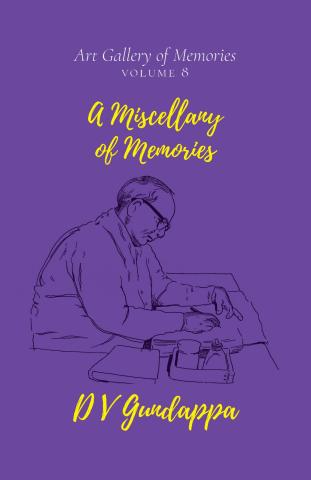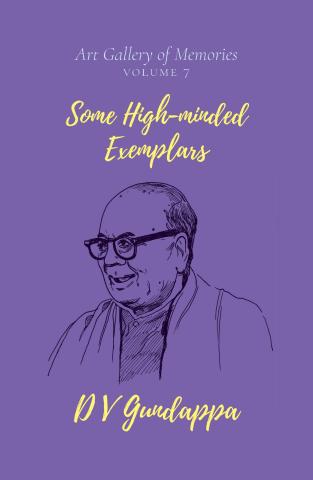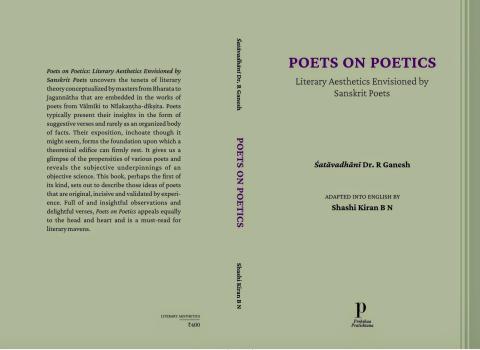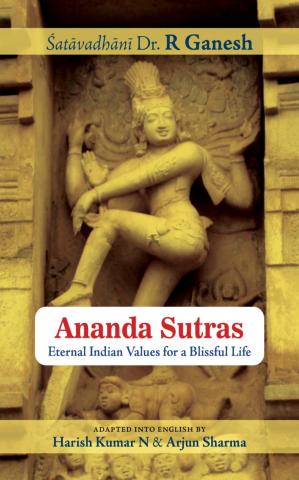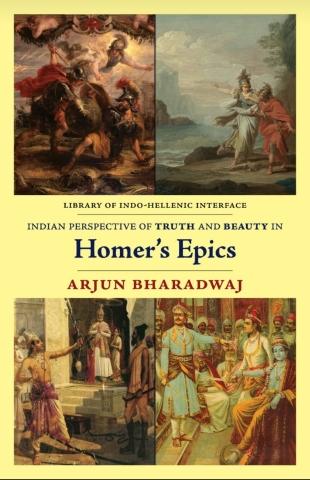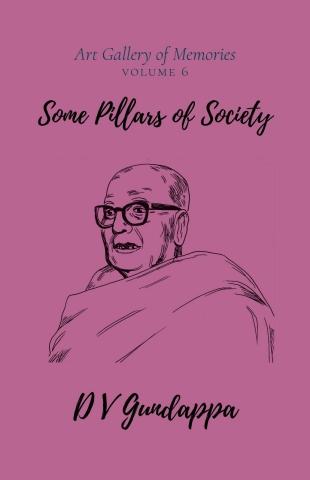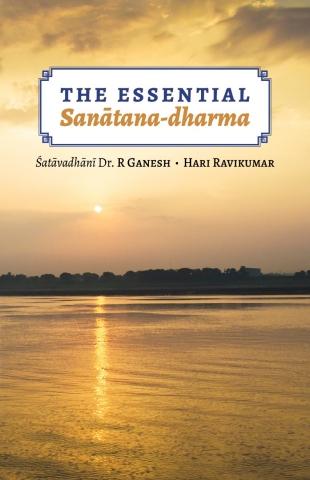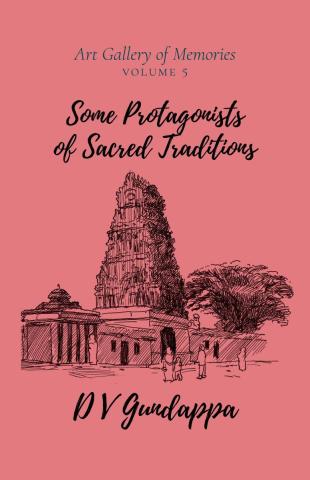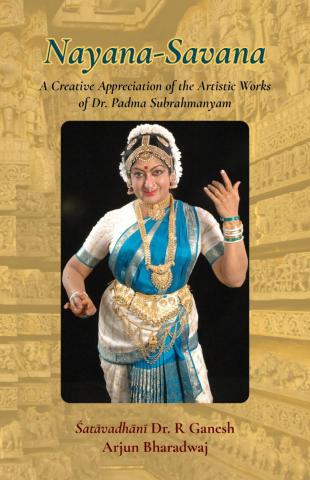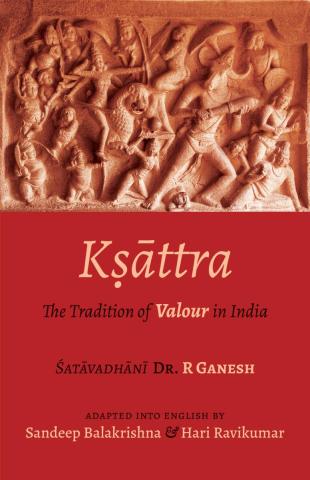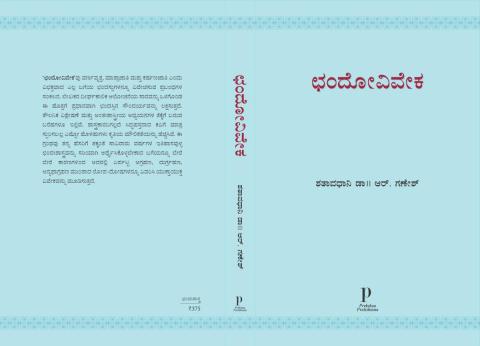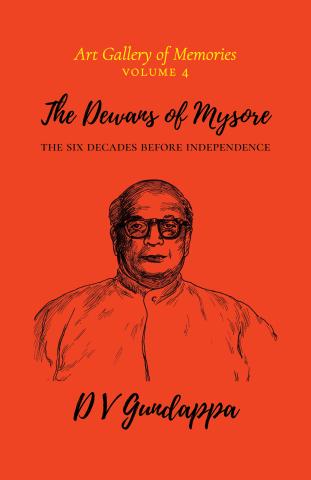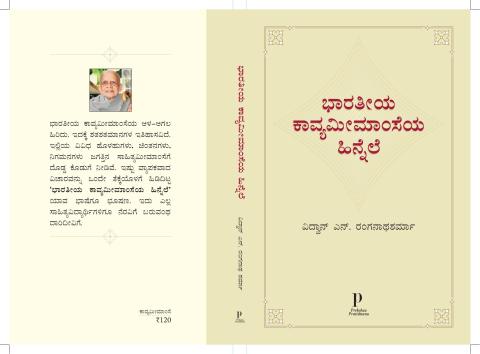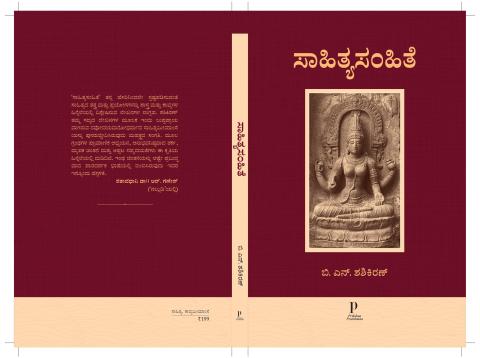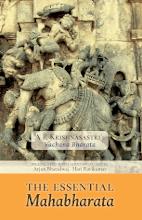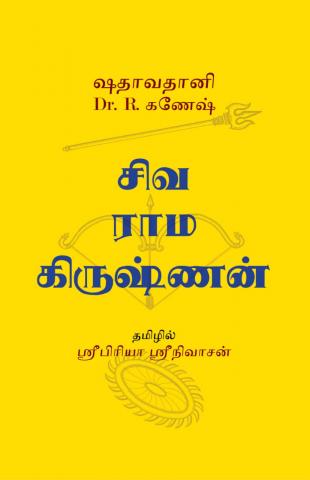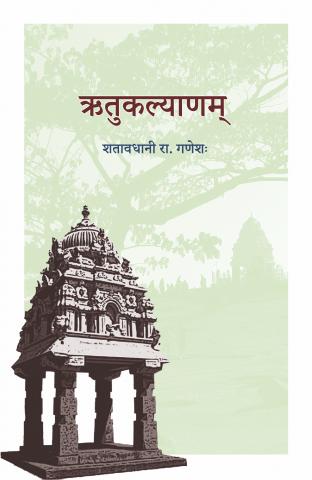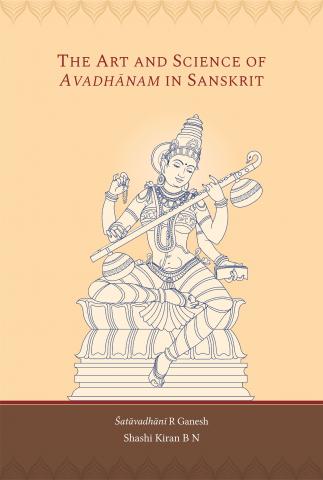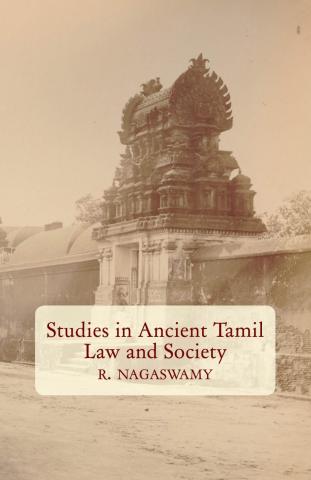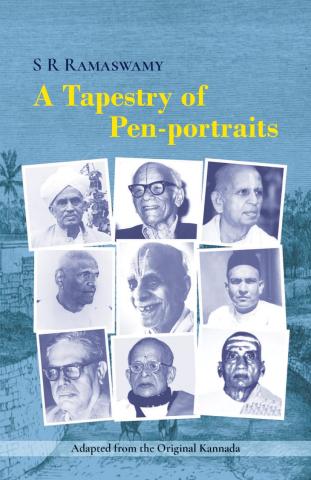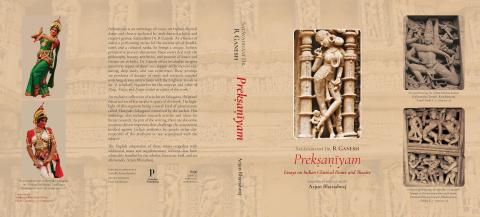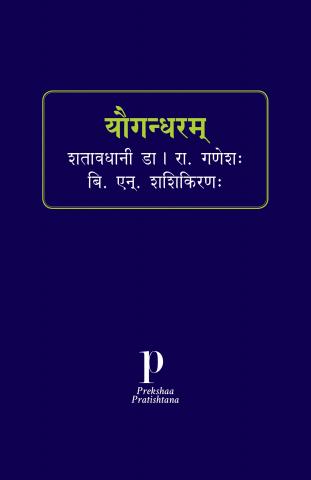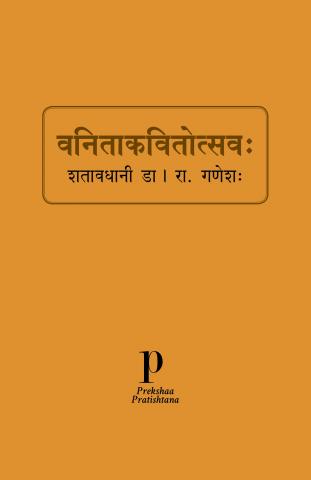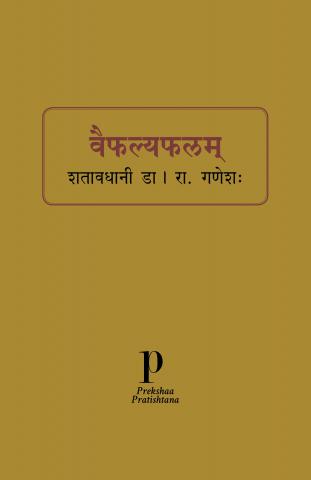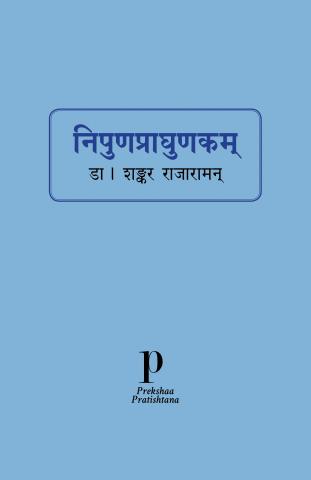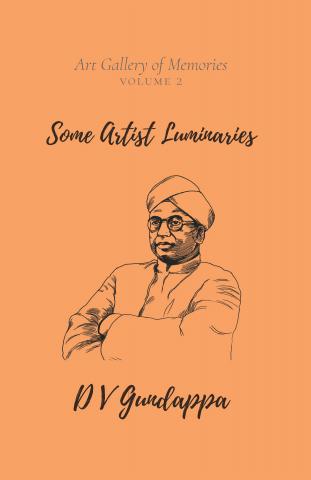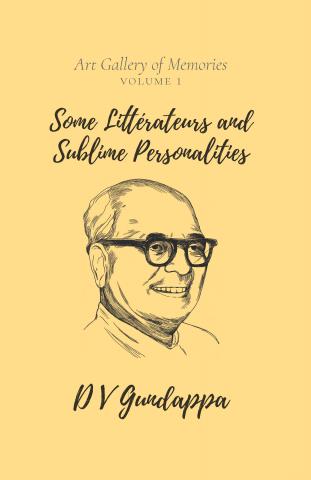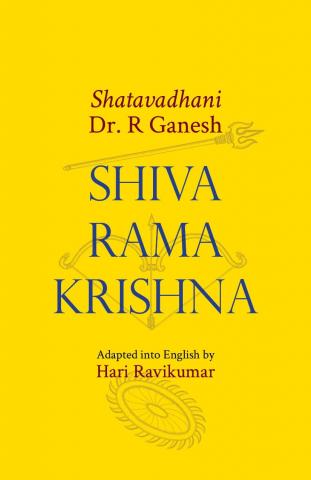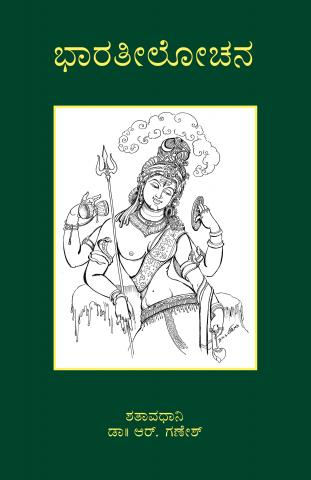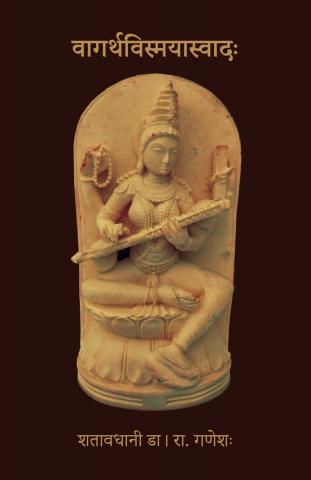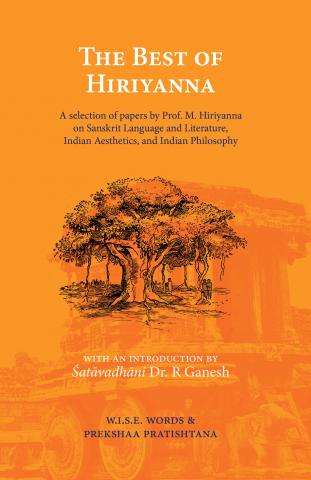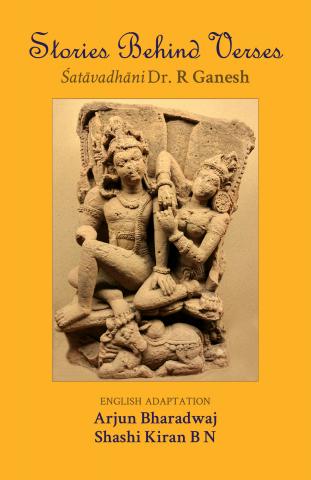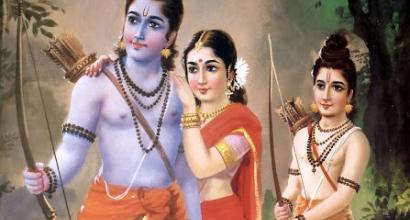Kālidāsa uses astrological terms such as uccha and jāmitra in his works; these are from Greek origin. From this, we can estimate that he did not live before 350 CE. Mallinātha, the celebrated commentator on Kālidāsa’s poems interprets the line from Meghadūta – diṅnāgānāṃ pathi pariharan sthūla-hastāvalepān as a reference to a scholar named Diṅnāga who had voiced dissent against the poet’s views. Mallinātha lived at least a thousand years after Kālidāsa; therefore, it is hard to establish the veracity of his claim. Even if we were to accept this statement to be true, the scholar named Diṅnāga lived in about 400 CE.[1]
From the prākṛts that we see in their literary works, we can say with some certainty that the language used by Aśvaghoṣa is more ancient compared to Bhāsa’s, which is in turn older than Kālidāsa’s. Aśvaghoṣa lived in the early part of the second century CE and Bhāsa belongs to the third century CE. Therefore, it is likely that Kālidāsa lived either in the fourth or the first century CE.
From this line of argument, we can say with some confidence that Kālidāsa lived before the times of Vatsa-bhaṭṭa, i.e., before 473 CE; nevertheless, we will not be able to estimate the exact period in which he lived. Even though there are differences in the nature of the prākṛts used by the different poets, we don’t have enough evidence to show that Aśvaghoṣa was not influenced by Kālidāsa and that he lived in about 100 CE. Some scholars are of the view that even if Aśvaghoṣa were to have lived in 100 CE, it is possible that Kālidāsa lived before him in 100-150 BCE.[2] The historical detail that can be gathered from the play Mālavikāgnimitram must have led to this conclusion. Puṣyamitra, Agnimitra, Vasumitra, and other kings belonging to the Śuṅga dynasty are historical personalities who lived after 178 BCE and they occur as characters in the play. Agnimitra utters the bharata-vākya in the play; he also justifies his polygyny (V.19) – these suggest that he had gained respect among kings who were contemporary to him. Similarly, in the Abhijñāna-śākuntalam we find an incident which seems to have derived inspiration from Bṛhaspati’s dharma-śāstra; in the play, Duṣyanta offers protection to Dhanamitra’s wife and declares that she has the right of inheritance of her deceased husband’s properties; also, we see that the fisherman who is accused of having stolen the king’s ring, is subject to capital punishment.
We know nothing about where Kālidāsa was born and where he lived; we do not know much about his family life or career. From his literary works, we see that he seems to have been fond of Ujjayinī; he might have thus belonged to the city. He describes the kesara flower which grows only in Kashmir; his description almost feels like an eye-witness account; therefore, it is possible that he lived in Kashmir. While describing King Raghu’s dig-vijaya, Kālidāsa provides a detailed account of various places in India – scholars think that he must have travelled around the country with his patron on his military conquests. These are merely logical deductions. The Kathāsaritsāgara, in the Lāvāṇaka-lambaka, describes the dig-vijaya of Vatsa-rāja in detail; though the Kathāsaritsāgara is a later-day work, it is based on the Bṛhatkathā. It is likely that the Bṛhatkathā was available to Kālidāsa and Aśvaghoṣa and has perhaps, influenced and inspired their writings; nevertheless, it is hard to say how much these poets have borrowed from the Bṛhatkathā and what constitutes their own experience.
It is hard to say anything about the religious preferences of Kālidāsa; his works contain benedictions to Bhagavān Śiva; they also contain stotras to Brahmā and Viṣṇu; in fact, all such stotras have an undercurrent of advaita-vedānta and capture the essence of the upaniṣads. As we go through Kālidāsa’s works, he envelopes our mind with his poetic brilliance. Many modern day playwrights fill their works with their biographical details – their place of birth, residence, time period, and their scholarship; in fact, they boast about their life details. However, Kālidāsa only reveals his name to us; and Bhāsa doesn’t even do that.
Kālidāsa has penned three plays – Mālavikāgnimitram, Vikramorvaśīyam, and Abhijñāna-śākuntalam. It is likely that he authored them in this order. At the beginning of the Mālavikāgnimitram, we see Kālidāsa being unsure of his own calibre as a poet and a playwright; but in the Vikramorvaśīyam, we see that he has gained more confidence; though we find him to be humble in the Śākuntalam, we can infer his conviction through his words. In the Mālavikāgnimitram, the poet has brought in quite a few alluring elements with some effort; he seems to have thought out each dialogue – he does not appear to have fully mastered the skill of writing a play. The Vikramorvaśīyam reveals that the poet had further honed his skills and the Śākuntalam stands testimony to his most refined skills.[3] The multifaceted scholarship and creative genius of the poet are revealed in the Śākuntalam like no other play. The language is well sculptured and majestic. The play does not appear to be efforted; the words seem to have naturally flown down his quill and profound meanings are organically captured through them; he seems to have gained immense experience in the art of writing when he wrote the Śākuntalam.
To be continued ...
The current series of articles is an enlarged adaption of Prof. A. R. Krishnasastri's Kannada treatise Saṃskṛta-nāṭaka. They are presented along with additional information and footnotes by Arjun Bharadwaj.
[1] Keith: Indian Logic, p. 28
[2] K.G. Shankar, Nadagirkar, Kale, 75-25 B.C.;I.H.Q.,1.309 ff.
[3] pāripārśvakaḥ - mā tāvat | prathitayaśasāṃ bhāsa-saumilla-kaviputrādīnāṃ prabandhān-atikramya vartamānakaveḥ kālidāsasya kriyāyāṃ kathaṃ pariṣado bahumānaḥ| (Mālavikāgnimitram)
sūtradhāraḥ - māriṣa! pariṣadeṣā pūrveṣāṃ kavīnāṃ dṛṣṭa-rasa--prabandhā ahamasyāṃ kālidāsa-grathita-vastunā navena troṭakena upasthāsye |
praṇayiṣu vā dākṣiṇyāt athavā savastupuruṣabahumānāt! śruṇuta janā avadhānāt kriyāmimāṃ kālisāsasya – (Vikramorvaśīyam)
naṭī - suvihita-prayogatayā āryasya na kimapi parihāsayiṣyati|
sūtradhāraḥ - ārye! kathayāmi te bhūtārthaṃ - āparitoṣād-viduṣāṃ na sādhu manye prayoga--vijñānam| balavadapi śikṣitānām-ātmanyapratyayaṃ cetaḥ|| (Abhijñāna-śākuntalam)




